Baoshan: A Science & Technology Innovation Leader Tempered by Blood and Fire

Rendering of Nanda Ecological Smart City
Covering an area of 300 square kilometers, Baoshan District of Shanghai Municipality grows from the tempering of blood and fire.
In the revolutionary war times, Baoshan was the main battlefield of liberating Shanghai and witnessed the first battle of liberating Shanghai. People in Baoshan had experienced the most fierce and uphill fight in the war of liberating Shanghai.
In the construction age, Baoshan was the main front of steeling making which laid a foundation for the reform and opening-up. In the early stage of establishing Baosteel in 1978, Deng Xiaoping predicted that "the history will prove that building Baosteel is the right thing to do."
Blood and fire represent suffering and glory. Baoshan is the land where heroic exploits happen and the spirit of sacrifice and pioneering is spread. Its destiny is closely connected with the national strategies.
In the new age, Baoshan is keeping up with the times and continues to grow up. As science and technology innovation has become the core support for the national and local competitiveness, Baoshan is being built into the main front of building Shanghai into a science and technology innovation center. In order to accomplish the glorious mission, Baoshan is thoroughly changing and catching up.
Golden Furnace
In March 1949, Hu Wenjie, head of Regiment 259 of PLA 29th Army, took his two-year-old son to take a photo in the photo studio before he went to the front line of Shanghai Campaign.
Two months later, he was shot to death by seven bullets on May 15, 1949 when he deployed the military operations at the battle headquarter of Regiment 259 in Yuepu fight. He was the PLA martyr having highest position in Shanghai Campaign.
He could never see the photo taken with his son. The battle in the main battlefield Baoshan lasted 16 days and over 4000 soldiers sacrificed, accounting for more than a half of people sacrificed in Shanghai Campaign.
However, martyrs would not sacrifice in vain. On May 27, 1949, Shanghai, the world-famous metropolis, was liberated.
When the People’s Republic of China was founded, the country suffered from an extreme scarcity of important materials especially the irons and steels. The annual steel production was only 158,000 tons and the output per person was less than 300 grams which was 0.17% of the production of the U.S. and 3.3% of Japan. At that time, developing the iron and steel industry was considered as the foundation of industrialization.
Within less than two months after Shanghai liberation, over 200 workers in the First Plant of Shanghai Iron and Steel Company smelted the first furnace of steel. Baoshan’s destiny was connected with steel since then. On December 23, 1978, the second day after the Third Plenary Session of the 11th Central Committee of the Communist Party of China was closed, Baosteel placed the first piling of the construction project in Yuepu Town of Baoshan District.
However, as the costly Baosteel project was eye-catching and introduced a whole set of Japanese processing technology and manufacturing equipment, it was doubted by conservative people. In 1979, piling displacement occurred in Baosteel project. Someone doubted “if the whole Baosteel plant slide to the Yangtze River due to the bad geology.”
Supported by argument from multi-parties and technical experts, the first phase of Baosteel project was finished in August 1981, fire burning in the furnace. Generations of steel workers have been dedicated to accomplishing the mission of continuously contributing to the country with steel smelting. Baoshan's steel industry has achieved historic leaps within 20 years and witnessed the development of steel industry in China.
As time goes by, it is imperative to complete industry transfer and update and transformation and upgrade of old industrial areas.
In 2016, the 2500-cubic-meter furnace of Baosteel Stainless Steel Co., Ltd. (the former First Plant of Shanghai Steel Company) was shut down. Many Baosteel workers were sad about it. Words that encouraged them to "work hard for a brilliant future" said by the former President Mao Zedong when he climbed to the Golden Furnace in 1958 still rang in their ears. They still remembered the moments when the molten iron flew out in the past decades.
At the end of 2020, this place attracted people's attention again. After more than 200 days of renovation, the former 2500-cubic-meter furnace was turned into the industrial and cultural heritage Golden Furnace where the Baowu Steel Convention and Expo Center locates. In the future, the place will become the largest industrial heritage conservation area in Shanghai and the only one in Baoshan District. It will be built into the subcenter area of Shanghai and a new model of industry and city integration development in Shanghai.
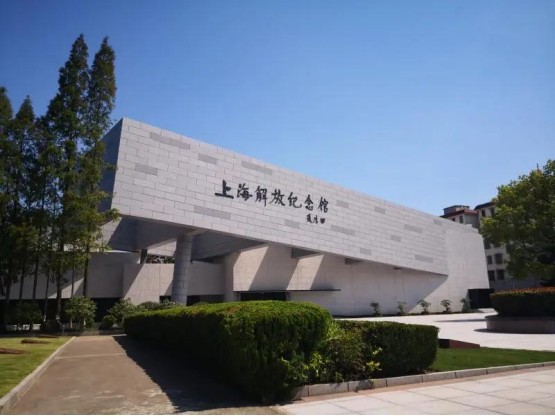
Shanghai Liberation Memorial Hall
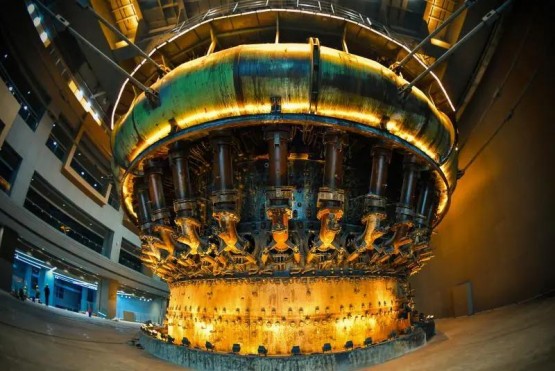
Golden Furnace
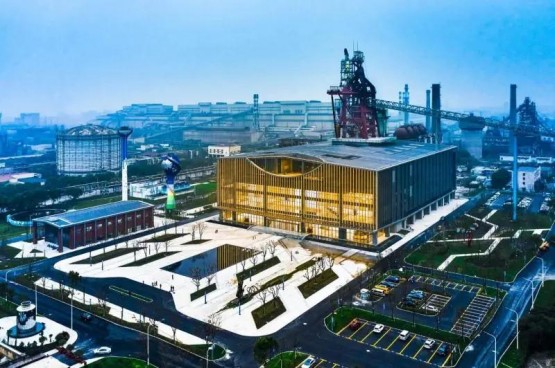
China Baowu Steel Convention and Expo Center
Cutting the Wrist
Baoshan has been an important shipping, communication, and trade hub since ancient times.
In modern times, commercial ports, industries, municipal administration, education, and military affairs have been developed in Baoshan for a hundred years. After many state-owned enterprises especially Baosteel settled in Baoshan, port logistics, container transportation, and processing and trade industry have developed rapidly. Baoshan has become a municipal and national heavy industry base.
Generations of Baoshan people have consciously implemented major national development strategies, from implementing the major development plan of building Wusong Satellite City in 1950s and building the supporting facility Workers Living Area in Zhangmiao Street for Wusong Industrial Zone in 1960s to building Baoshan Living Area for Baosteel in 1980s. Baoshan continues to explore a new way of industry and city integration development and becomes one of areas with highest urbanization rate in Shanghai and even in China.
However, Baoshan people also suffered from bad environment in the special development phase. In a long time in the past, container trucks, chimneys, and warehouses were labels of this old industrial zone which was associated with outdated industrial capacity and low-end business format.
In 1980s, Nanda area became the base of chemical and leather industry transferred from the downtown of Shanghai. Enterprises of polluting industries such as chemical, leather, and warehouse industry settled here and illegally built plants covering an area of six square kilometers. In 2017, Shanghai began a comprehensive environment improvement campaign. 3.31 million square meters of illegal buildings in Dachang Town where Nanda area locates were demolished, ranking first in all towns and street administration offices in Shanghai in terms of the illegal building area.
Transformation of old industrial zone is a new challenge. Baoshan shows fortitude in the struggle of such transformation.
Party members, cadres, and masses in Baoshan have united as one and grasped development opportunities since the 18th National Congress of CPC. Following the development path of “exurban town, independent industrial and mining area, industrial base, independent new town, extended area of downtown, and main urban zone”, Baoshan adheres to the innovation-driven transformation development.
Baoshan has turned from black to green. Over 3000 highly risky and pollutant enterprises in Nanda Ecological Smart City alone were shut down. The rate of good air quality index in Baoshan is 87.1%, ranking first in Shanghai. The average green area in parks is 12.4 square meters, ranking second in Shanghai.
Nanda area has worked for transformation for ten years. An area of 5.33 million square meters has been renovated and is on construction of the port-surrounding smart headquarter. The regulatory plan of Wusong Innovation City, the municipal major transformation area, and two one-square-kilometer pioneering zones in the special steel area and stainless-steel area were approved. A batch of initiating projects were started. Series of headquarter-oriented and research-oriented high-end projects will be launched in the future.
A riverside area stretching 6.8 kilometers along the rivers will be improved to provide better living environment for people. Wusong International Cruise Port was opened in October 2011 and became the largest cruise home port in Asia and the fourth one in the world within five years due to domestic tourism consumption upgrade. It became the first domestic demonstration zone of cruise tourism development in 2019.
The riverside area is open to the public in this year. The 180-meter-tall Changtan Sightseeing Tower stands on the south bank of Yangtze River. The new town Shanghai Changtan, renovated from the Baoshan Wharf of Shanghai International Port Group, will be completed by the end of this year.
By the end of 2020, Baoshan has transformed the inefficient industrial land of 6.646 million square meters into active use in five years. The transformation is not only a process of improving the ecological environment but also adjusting the industrial structure and developing the science and technology innovation ability.
Cutting the wrist is courageous, solemn, and stirring, bringing opportunities for the future sustainable development.

Wusong International Cruise Port

Rendering of Wusong Transformation Area
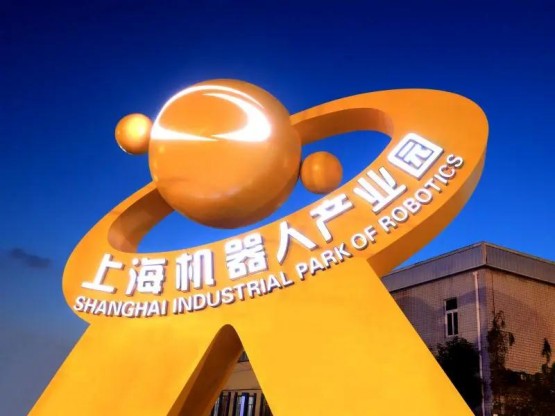
Shanghai Industrial Park of Robotics
Thoroughly Changed
As an important part of Shanghai South and North Transformation Project, Baoshan is implementing the national strategy and striving for becoming the main front of building Shanghai into a science and technology innovation center.
Currently transformation development is the only way out for Baoshan. Baoshan has obvious advantages in location, industrial hinterland, higher education, settled central enterprises, and transportation. The science and technology innovation in Baoshan will gear up the implementation of national strategies. Baoshan, a “small regional point” is expected to grow into a “large node” in the overall plan. Building itself as the main front of science and technology innovation center will have in-depth impact on Baoshan’s industrial structure, population structure and even the layout of Shanghai and is also the focus of future development.
Looking back a hundred years ago, you can find that Baoshan’s choice today seems to be a response to the history.
During the period of 1905 to 1937, a group of people aiming to rescue the country through education leveraged the unique geographical and location advantages of Wusong area to set up schools, forming the earliest university town in Shanghai. In the five-square-kilometer Wusong Town, eight colleges and universities including Fudan University, National University, Tongji University, and National Medical College of Shanghai were established and had important influence in higher education development for a hundred years.
Before that Wusong Town were opened as a commercial port twice. A batch of modern industries settled here and preliminarily formed the industrial base focused on machinery and textile.
The century-old independently developed education and industrial culture have nourished the mind of people and the soil for science and technology innovation taking roots. The reborn after hundred-year struggle is a spiritual renewal but also a thorough change and deserves respects.
Although the iron and steel industry is no longer brilliant, Baoshan will accomplish the mission of new age and work hard for new brilliant achievement.
Starting from the most advantaged iron and steel industry, Baoshan has attracted many advanced industrial and Internet enterprises based on its profound iron and steel industrial base and effectively empower the traditional industries. The domestic largest iron and steel E-commerce trading center is built in Baoshan and its settlement volume accounts for 50% of the total volume in China. The overall economic scale of online new economy enterprises exceeds 100 billion. High-end manufacturing industries such as robotics also form industrial clusters in Baoshan, stepping to the high level of the industrial chain.
At the end of 2020, Circum-Shanghai University Science Park was opened which marked the cooperation between Baoshan District and Shanghai University. In the process of building the main front of science and technology innovation center, Baoshan utilizes state-owned enterprise resources such as Baowu Steel and depends on Shanghai University, Fudan University, and other higher education institutions, connecting science and technology innovation to the industry.
In the industry leap-forward development, practitioners who dare to fight are always the best example of spirit of the age.
In 1983, Kong Liming, a worker of Baosteel and also an inventor aiming to fight for Chinese workers, invented the vehicle direction alarm used to reduce traffic accidents after he joined Baosteel. In 1989, he established the first worker workshop in Baosteeel, leading workers to post innovation. he said, “Although others may think I’m tired, I feel enjoyable.”
At the end of 2020, Quicktron Global Intelligent Robotics Base was begun to construct. Yang Wei, born after 1985, CEO of Quicktron and graduate of Peking University, started the robotics business in an old warehouse in Baoshan. Quicktron has rapidly developed in the six years since its establishment with the support from Baoshan District and relevant towns and street administration offices in the background of rapid development of intelligent manufacturing in China. Yang Wei hoped to “accomplish the mission of no carrying goods.”
After a hundred years of struggling, Baoshan still has started a new journey. Leaders in Baoshan District pointed out that all Party members should have lofty faith, passion for fight, and take responsibility to serve people, and strive to create new miracles in building the main front of science and technology innovation center.
This is the firm and unyielding characters of Baoshan and also a response to the hundred-year history.

Wusong Lighthouse
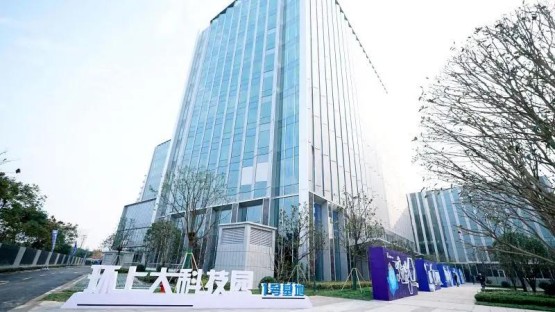
Circum-Shanghai University Science Park
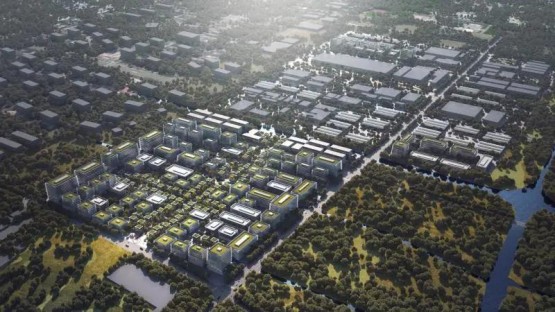
Rendering of North Shanghai Biomedicine Industrial Park

宝山汇APP

上海宝山微信

上海宝山微博